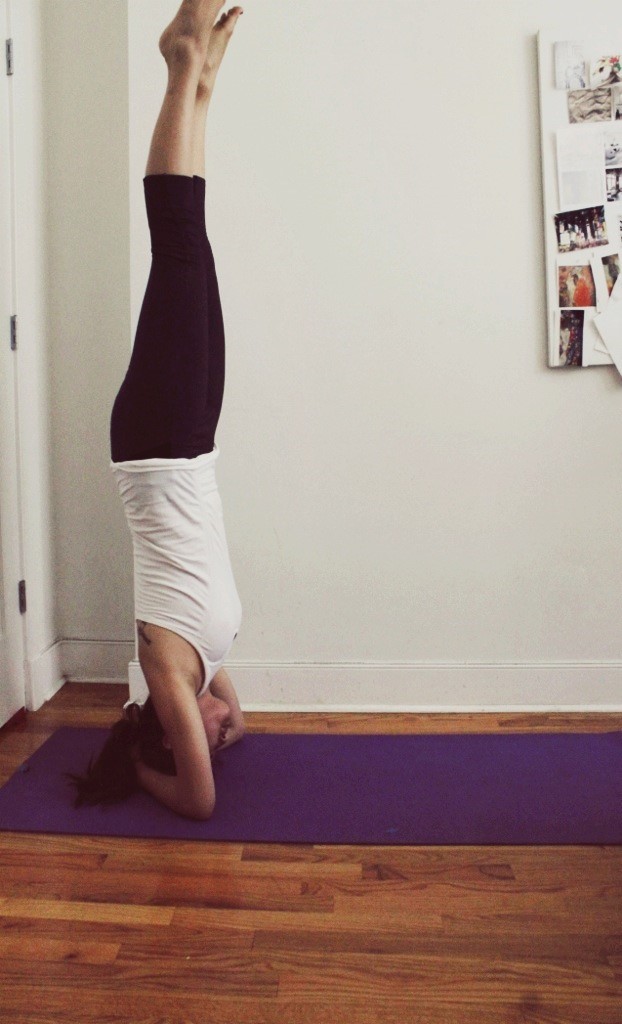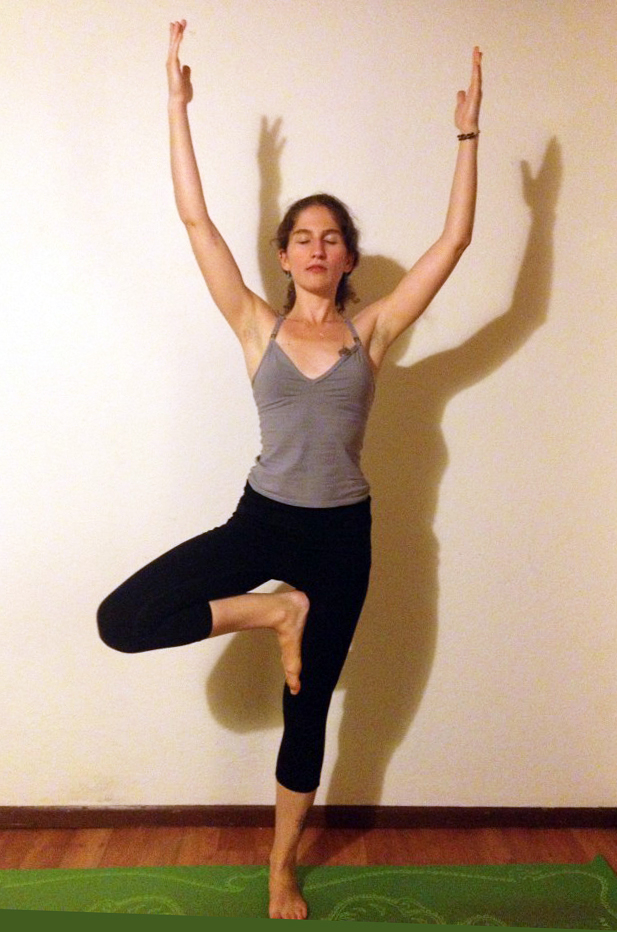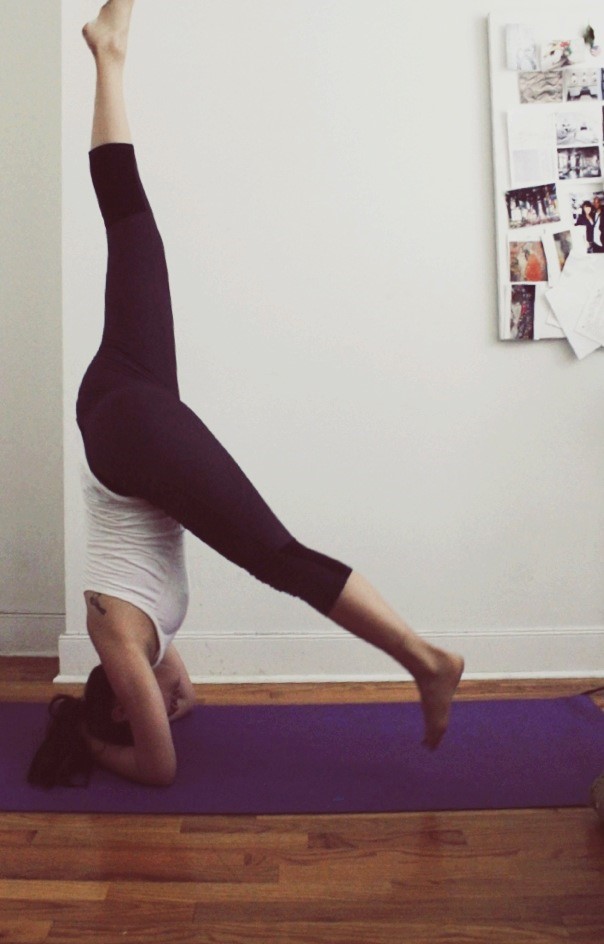My favorite opening line in literature goes like this: “As Gregor Samsa awoke one morning from uneasy dreams he found himself transformed in his bed into a gigantic insect.” I kept thinking about this sentence over the past few days–as I explained to Mary, it was as though my life had taken a decidedly Kafkaesque turn: “As Juhea Kim awoke one morning she found herself with two very dead computers.”
I used to work in a “real” office with a desktop computer, so having a dead personal computer would have distressed me but not say, broken me down. But now, I do all my work on my laptop–and it just nearly killed me to think that Peaceful Dumpling articles won’t go out on time because of my stupid hard drive failure. Peaceful Dumpling–every article, every newsletter–is a promise I make to our readers, our writers and editors! So for the last few days I’ve been literally sprinting around the city, in the merciless heat and humidity, carrying various dead laptops and trying to revive one or the other. I just about lost it this morning when the one I borrowed from my brother-in-law also failed to boot–and then I bought a new laptop and the store associate didn’t give me the charger so I had to go back to Chelsea…so basically, Twilight Zone.
This kind of situation (oh yeah, my cat was sick for some part of it, too!) would have really unhinged me in the past. But this time I surprised myself by keeping it cool, for the most part. (My cat and my boyfriend might disagree…but whatever.) While waiting for the computer repair shop to run diagnostics, I even decided to do yoga–because what better way to calm down, when absolutely without internet connection, then do some inversions?
In fact, I think all balancing poses help increase resilience, calm, and focus. All balancing poses require immediate focus–you can’t *not* be present in your pose while balancing. Incorporating more balances into your routine will strengthen your resilience to cope with challenging situations. Furthermore, inversions–poses in which your head is below your hips–will further test your sense of control. Inversions can be accomplished at that delicate balance of control, and letting go–and I think it’s probably more likely you need the latter more, in order to achieve that head stand. And so, doing inversions helps with letting go of situations you can’t control–like my computer woes–and controlling what you can. Plus, it really increases your confidence, even if you’re in the air for mere seconds.
Here are ways to increase your resilience through balancing poses–and how to do a headstand.
1. Use the foam block to challenge yourself: Doing balancing poses on the foam block makes them a lot more challenging, since it provides an unstable surface. Try doing your tree pose or even dancer pose on a foam block. This is really great for changing your perception of what it means to balance. Balancing isn’t just one static pose, but a give-and-take, constant adjusting of your body.
2. Close your eyes through your vinyasa: Performing a well-memorized sequence, like vinyasa, with closed eyes can bring all new sensations and awareness to your body and mind. It also challenges your sense of balance–even well-known poses like Warrior I can feel totally different and unstable with your primary sense unavailable. This enables you to work harder to achieve balance while turning your vision inwards to your mental state. And, when you finally open your eyes, you will feel a great sense of relief (“I can see again!! woohoo!!”), maybe even joy.
How to Do a Headstand
1. Prop yourself up on your elbows and knees on your mat. (If you have never done headstands before, please feel free to start at the wall. That means facing the wall, so that your hand basket is just a few inches from the wall.)Grab your opposite elbows with your hands to measure the distance between them. Let go, and clasp your hands together. Open the wrists apart, so that you create a basket with your woven palms. **(If you have never done headstands before, please feel free to start at the wall. That means facing the wall, so that your hand basket is just a few inches from it.)
2. Situate your head so that the back of the head, just below the crown, is nestled in that hand basket. The top of the crown is on the floor. Activate your arms and wrap your shoulders.
3. Lift your knees up, hips pointing toward the ceiling. Walk your feet up a little bit–it should be similar to a downward dog, but the feet should be closer to your head.
4. Raise one leg up straight to the ceiling, foot pointed.
5. Wrap your core and lift–not kick– your 2nd leg to meet the first one. While you do need some “pushing off” from the ball of your foot, you never kick up to a headstand. Always lift up with control. Engaging your core is the key to bringing the 2nd leg up to the top.

Knowing I can take my own photos while doing a headstand makes me feel I can deal with any computer crisis!
Related: How to Fall: Conquering Fear of Inversions
Yoga for Balance and Flexibility
Vinyasa Flow Yoga for Stress Relief
10 Ways to Manage Stress and Build Your Resilience
__
Photo: Jessica Renae; Peaceful Dumpling






